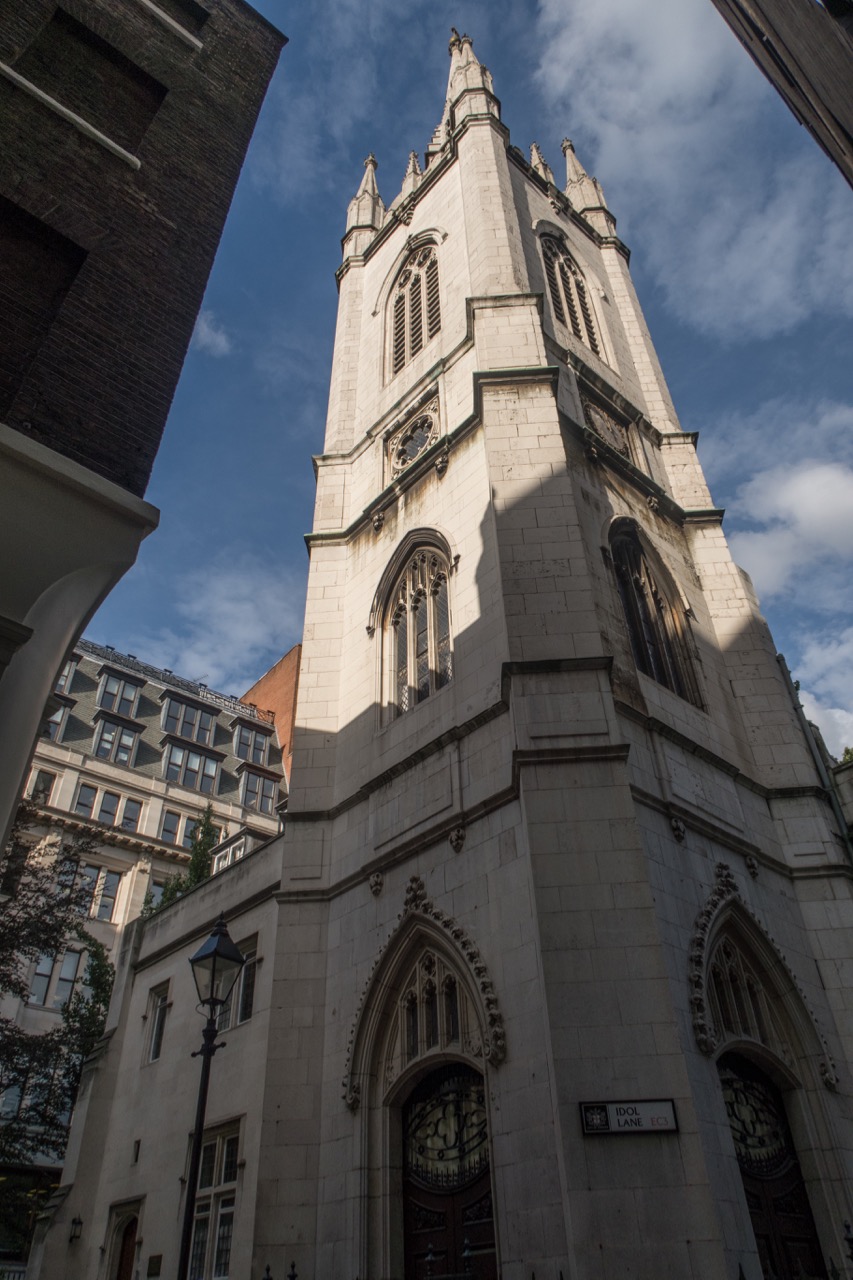
St Dunstan in the East, exterior view
10/08/2016 | © 2016 TuK Bassler – CC-BY-SA 4.0
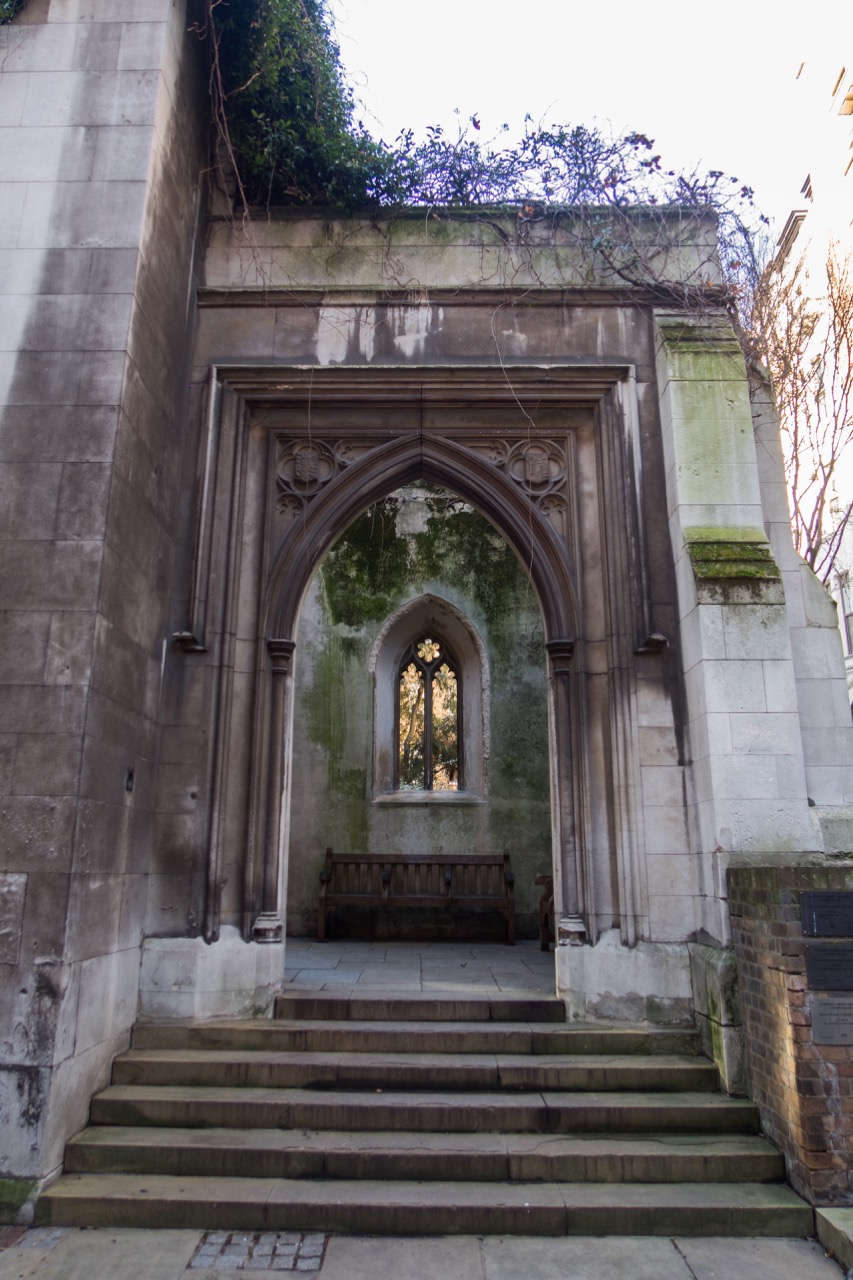
North east portal
11/02/2018 | © 2018 TuK Bassler – CC-BY-SA 4.0
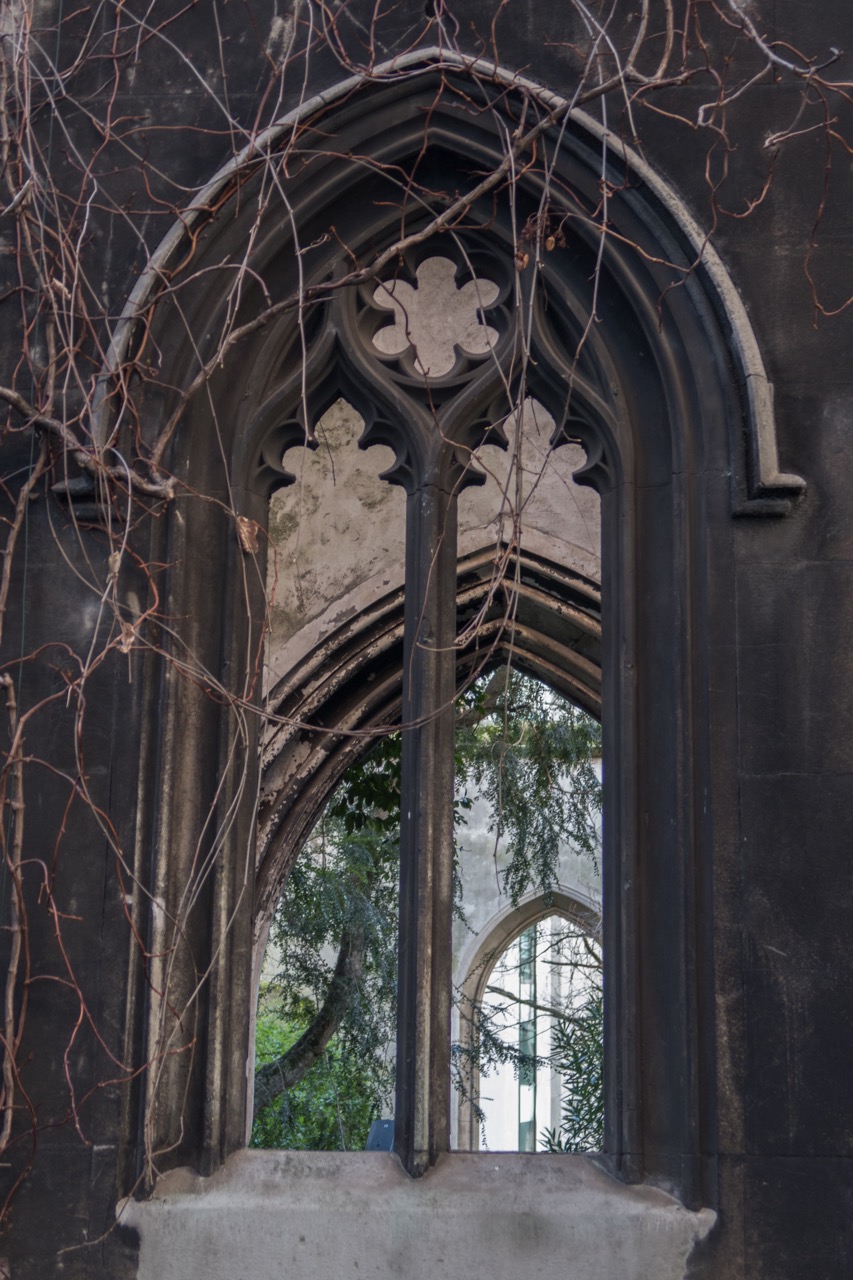
Window arches
11/02/2018 | © 2018 TuK Bassler – CC-BY-SA 4.0
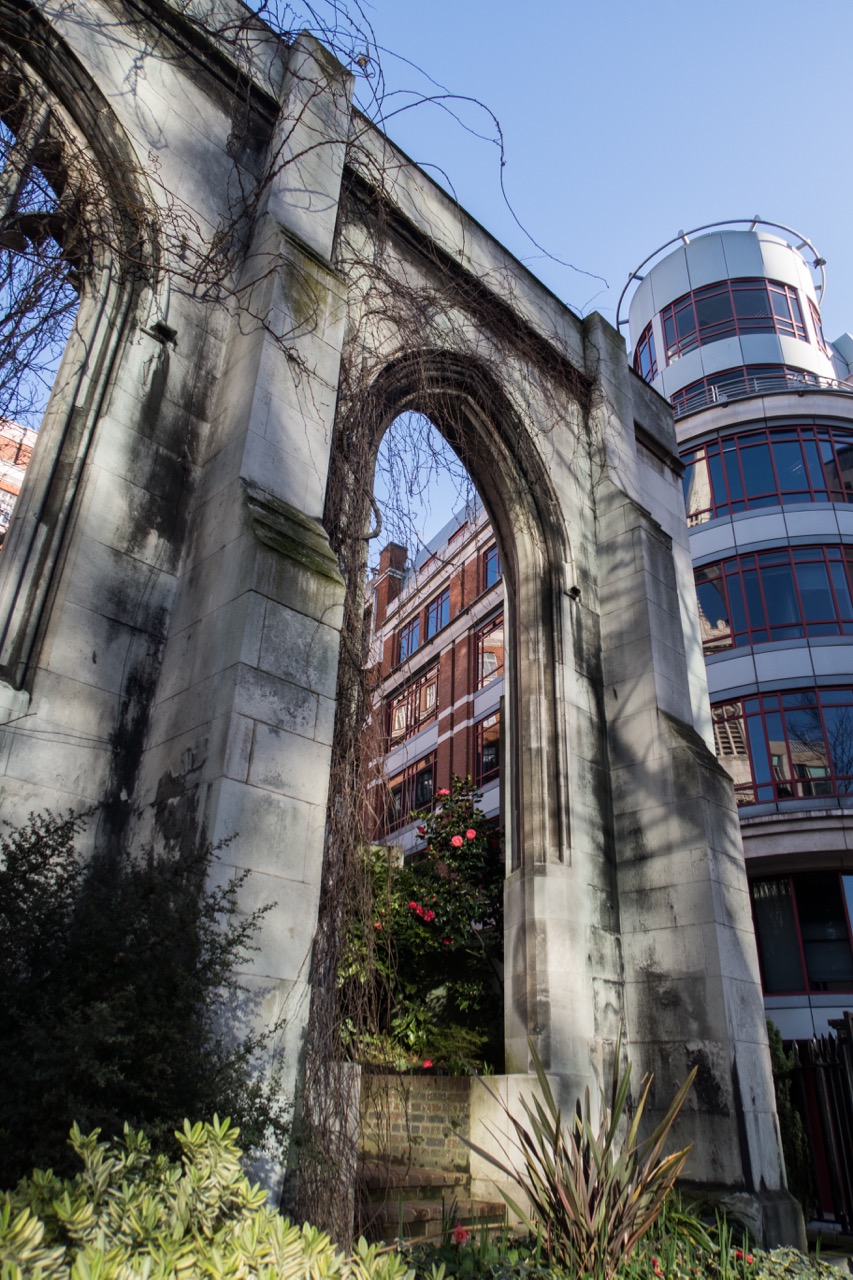
Window arch in the south wall with camellias
11/02/2018 | © 2018 TuK Bassler – CC-BY-SA 4.0

St Dunstan in the East, exterior view
11/02/2018 | © 2018 TuK Bassler – CC-BY-SA 4.0
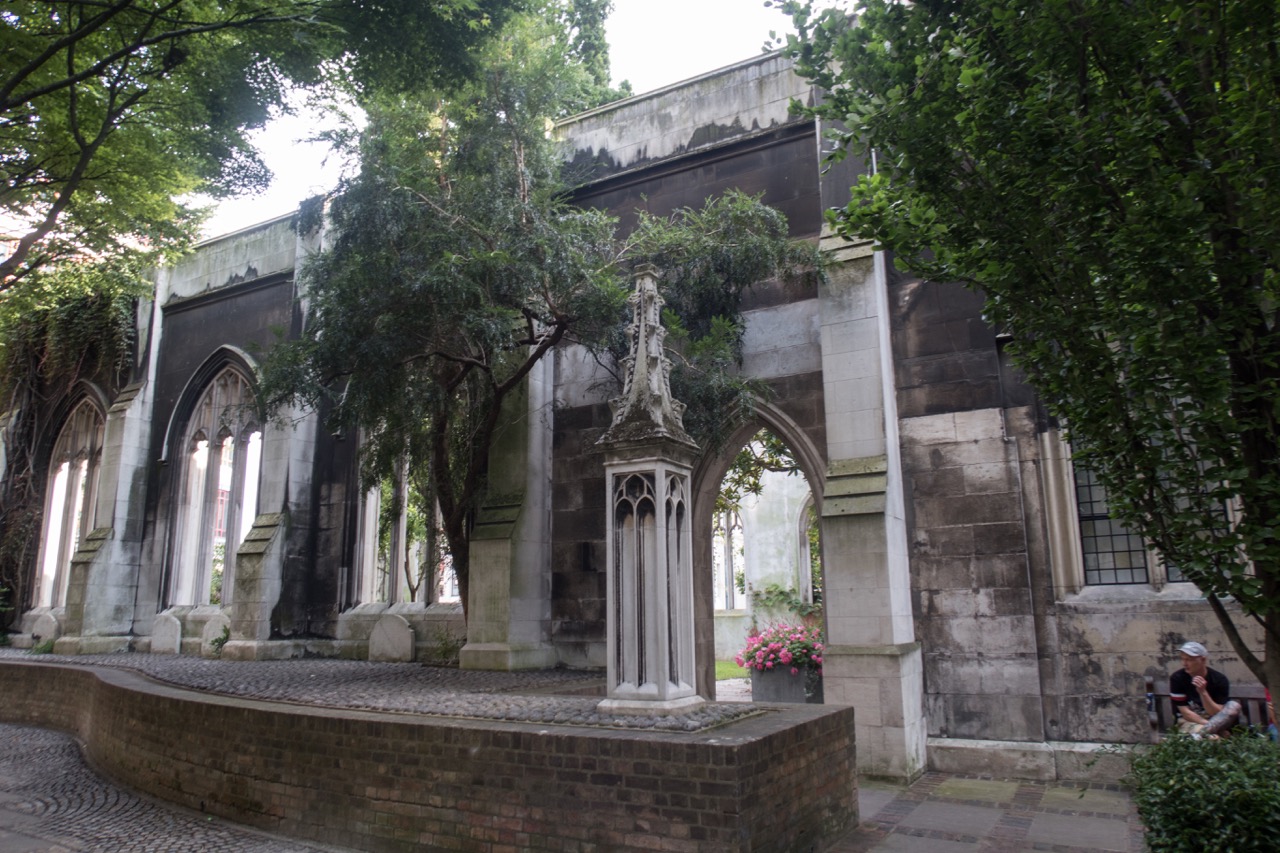
Exterior view from the north
10/08/2016 | © 2016 TuK Bassler – CC-BY-SA 4.0
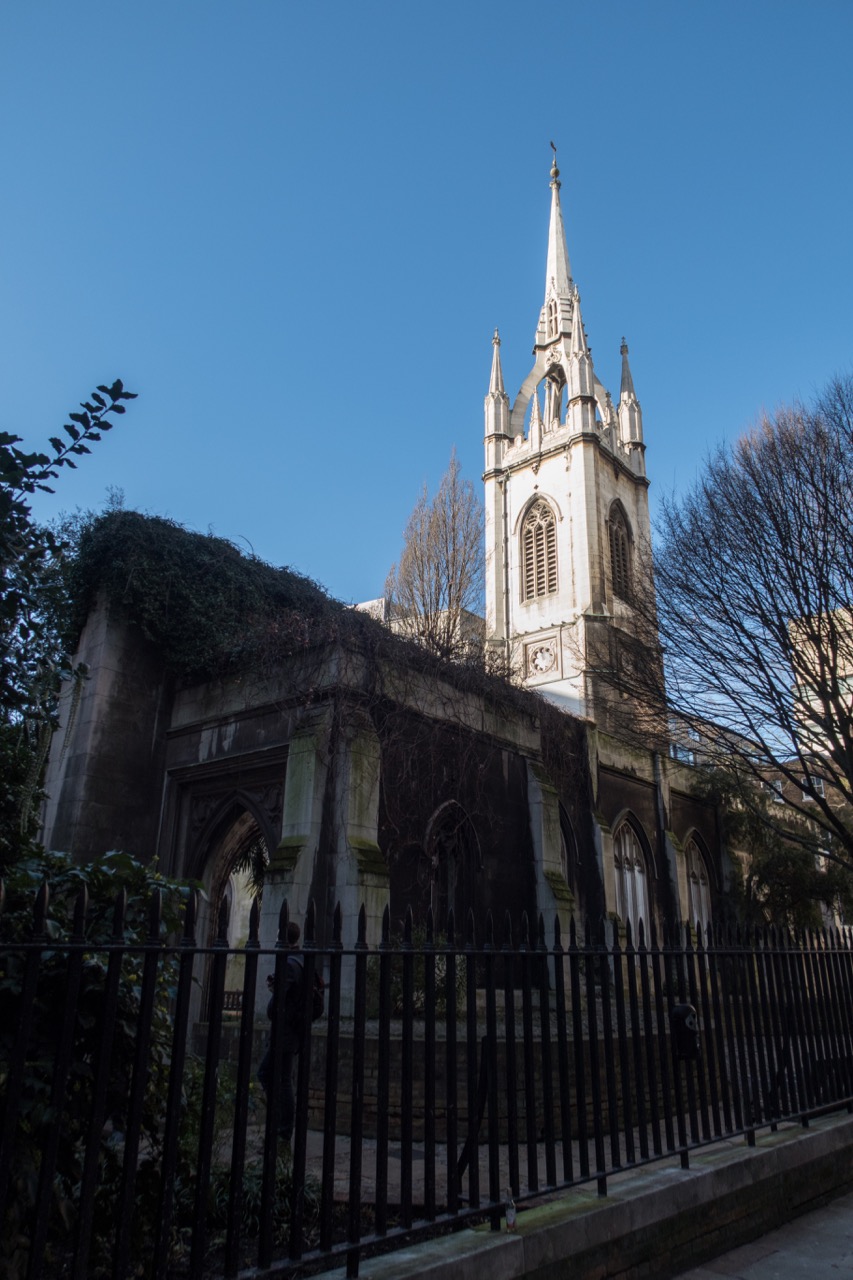
St Dunstan in the East, exterior view
11/02/2018 | © 2018 TuK Bassler – CC-BY-SA 4.0
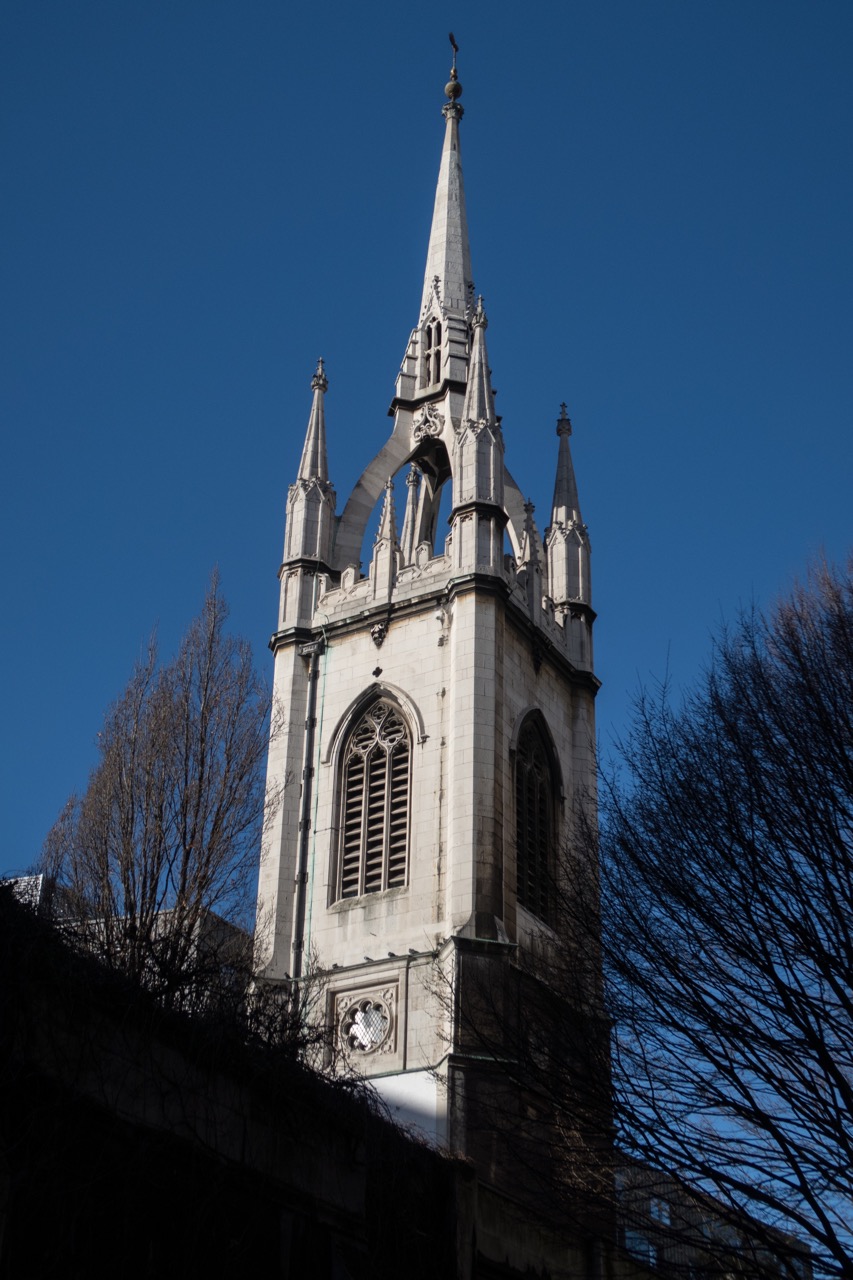
View of the tower from the north-east
11/02/2018 | © 2018 TuK Bassler – CC-BY-SA 4.0
Previous
Next
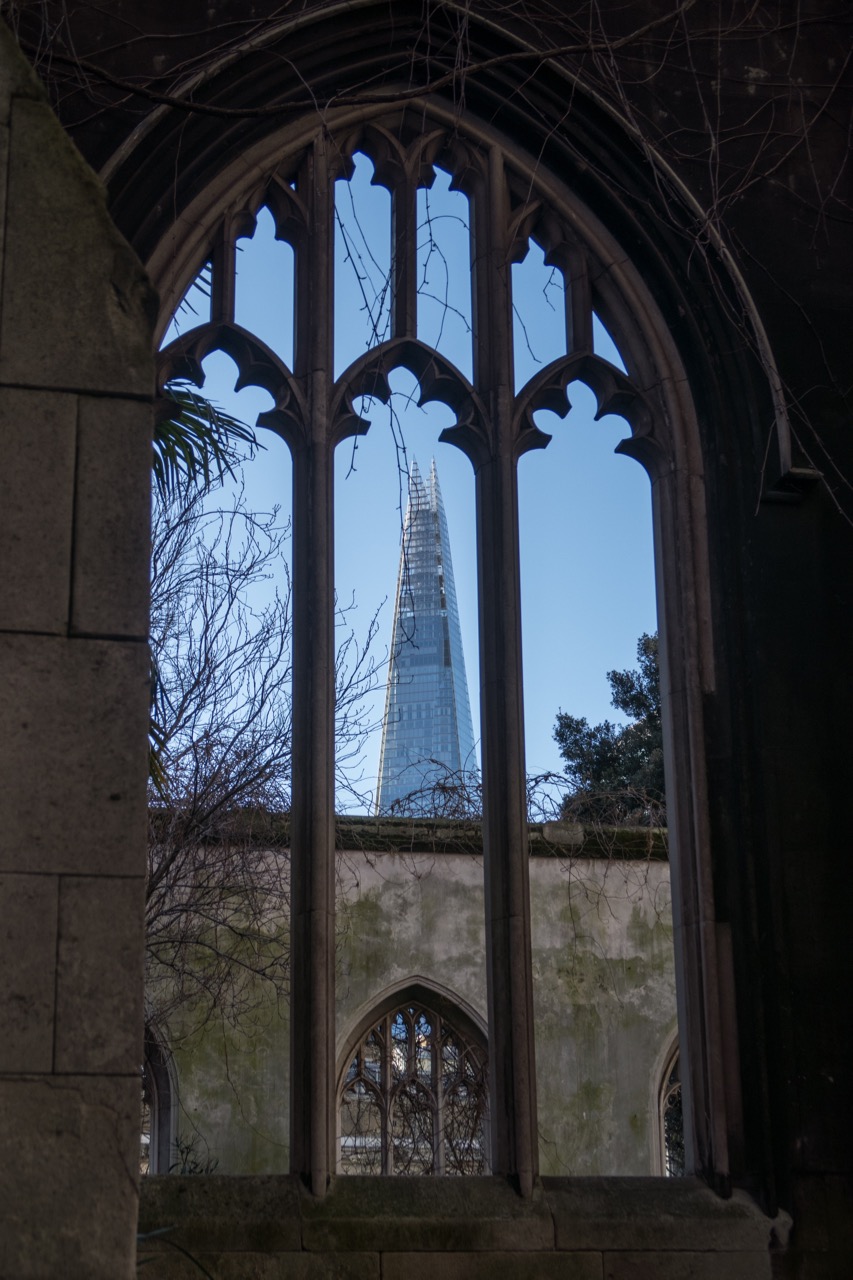
Window arch in the south wall, overlooking the Shard
11/02/2018 | © 2018 TuK Bassler – CC-BY-SA 4.0
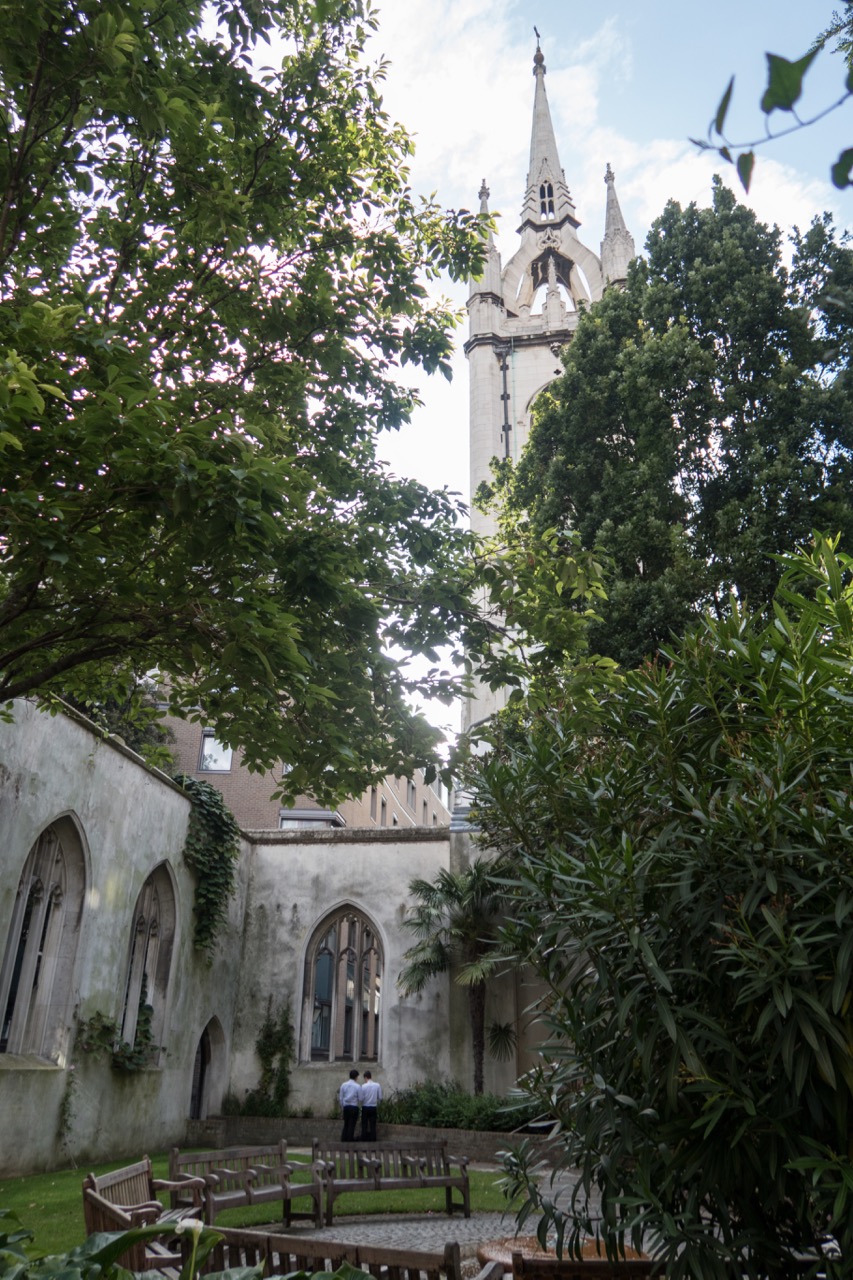
St Dunstan in the East, interior view
10/08/2016 | © 2016 TuK Bassler – CC-BY-SA 4.0
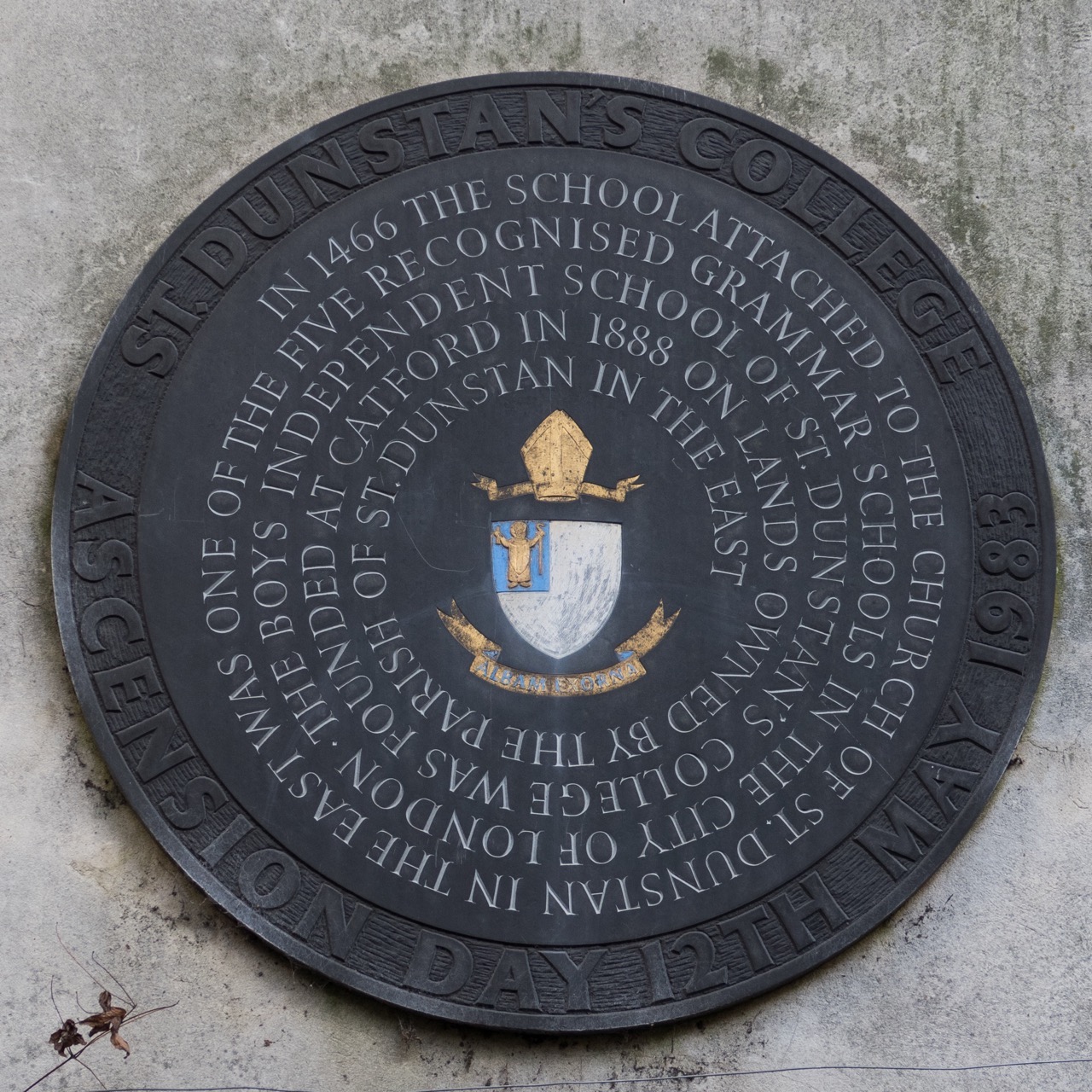
Memorial plaque of the St Dunstan’s College
11/02/2018 | © 2018 TuK Bassler – CC-BY-SA 4.0
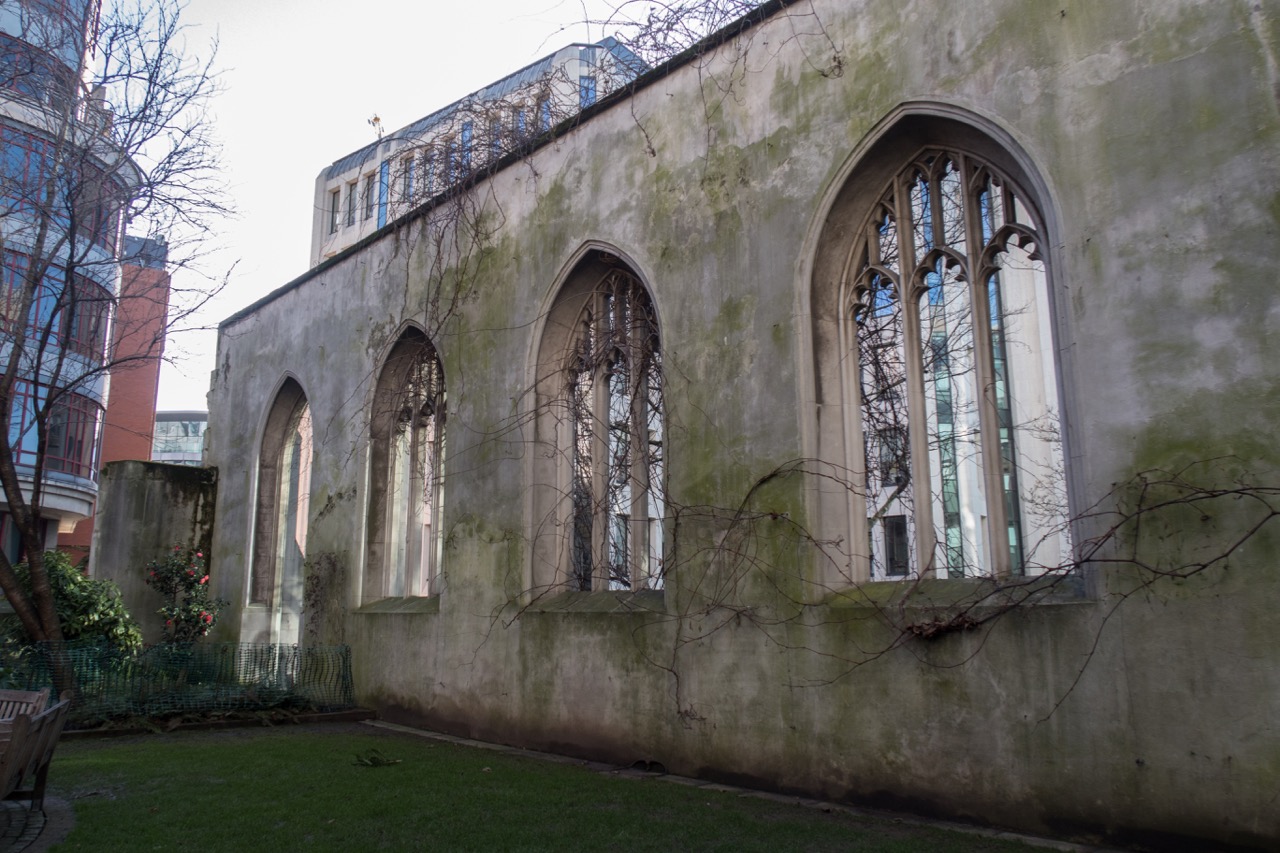
Interior face of the south wall
11/02/2018 | © 2018 TuK Bassler – CC-BY-SA 4.0
Previous
Next